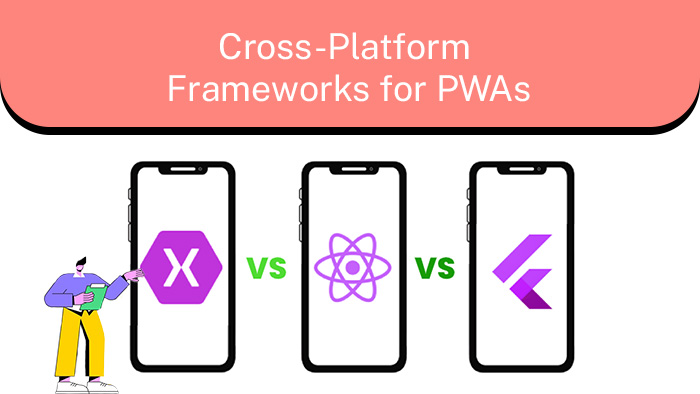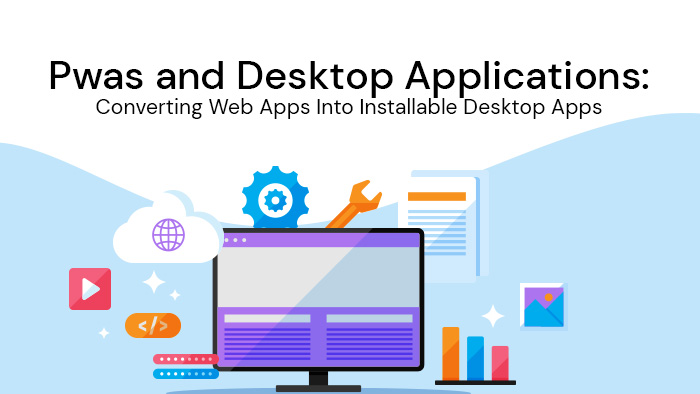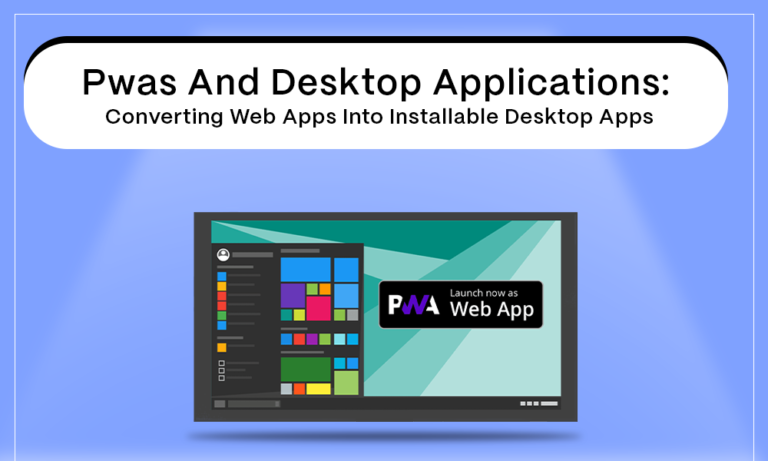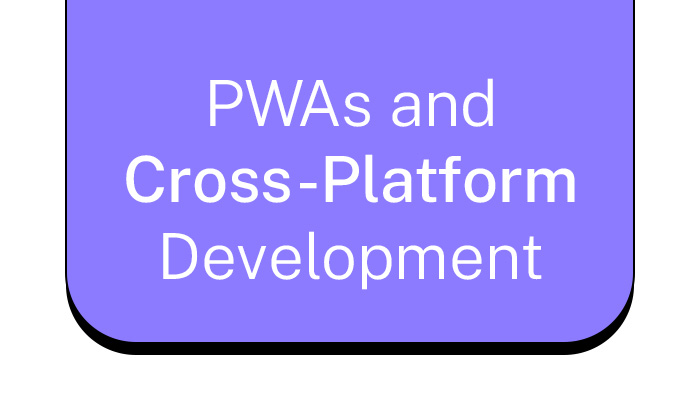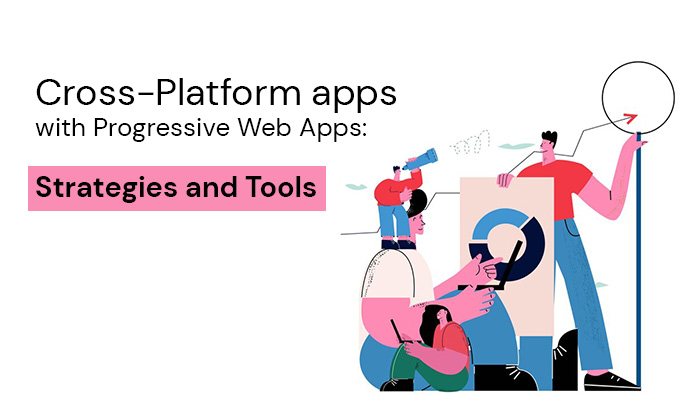
Creating Offline-First Cross-Platform Apps With Pwas: Strategies and Tools
In the realm of app development, ensuring seamless functionality across multiple platforms has become a pressing concern. This article delves into the strategies and tools involved in creating offline-first cross-platform apps using Progressive Web Apps (PWAs). Drawing on the allegory of a bridge connecting diverse landscapes, this objective and impersonal introduction aims to evoke an emotional response from readers by highlighting the importance of building apps that prioritize offline capabilities while maintaining compatibility with various devices and operating systems. Key Takeaways Offline-first approach and cross-platform development with PWAs provide seamless user experiences in low or no connectivity situations. PWAs offer improved app performance, reduced latency, and increased accessibility, resulting in an enhanced user experience. Cross-platform development comes with challenges such as compatibility issues, performance optimization difficulties, and limitations in accessing device features. Strategies for building offline-first PWAs include data synchronization methods, caching and preloading techniques, and offline data handling strategies. The Importance of Offline-First Approach The offline-first approach is of significant importance in the development
